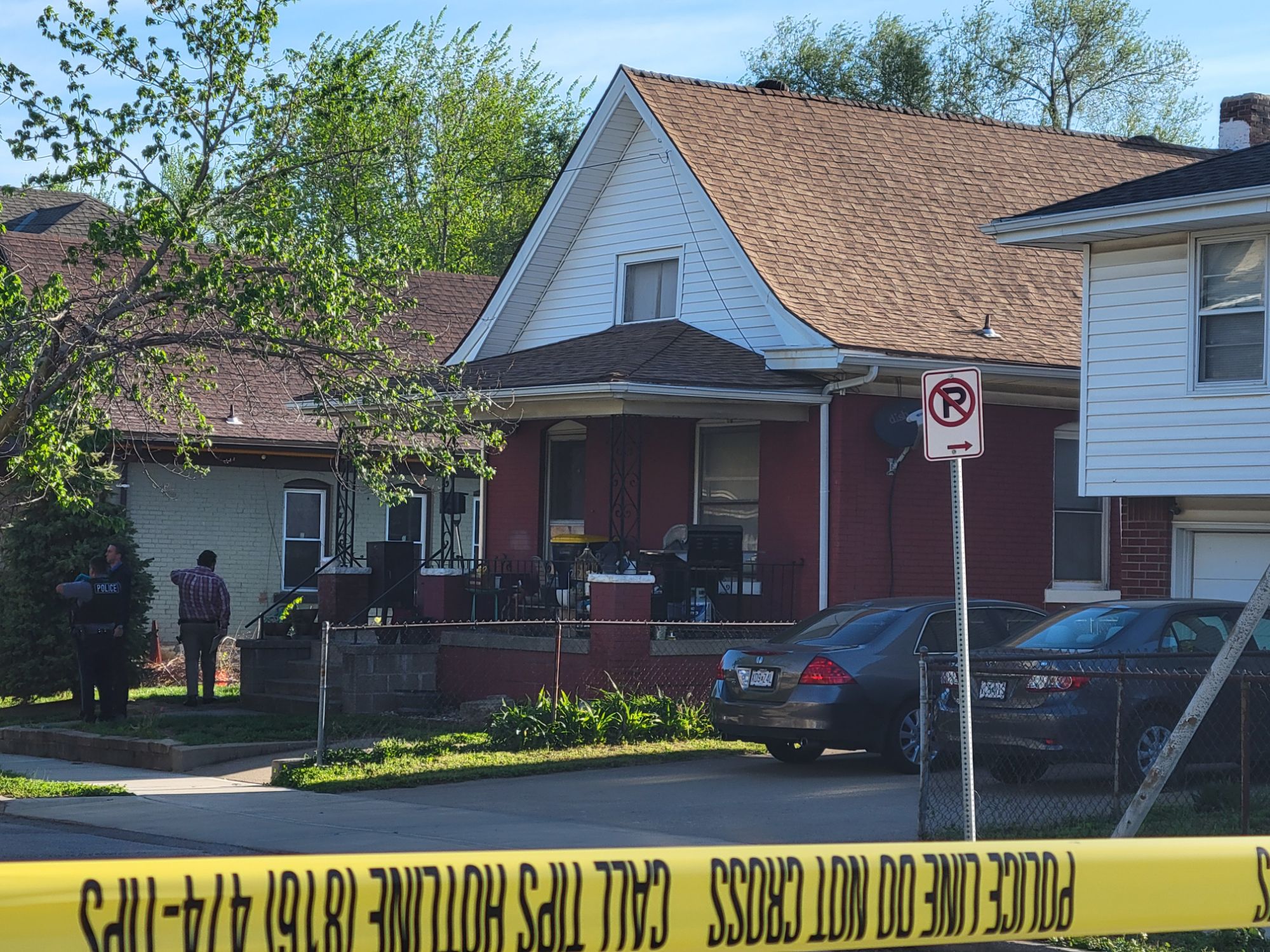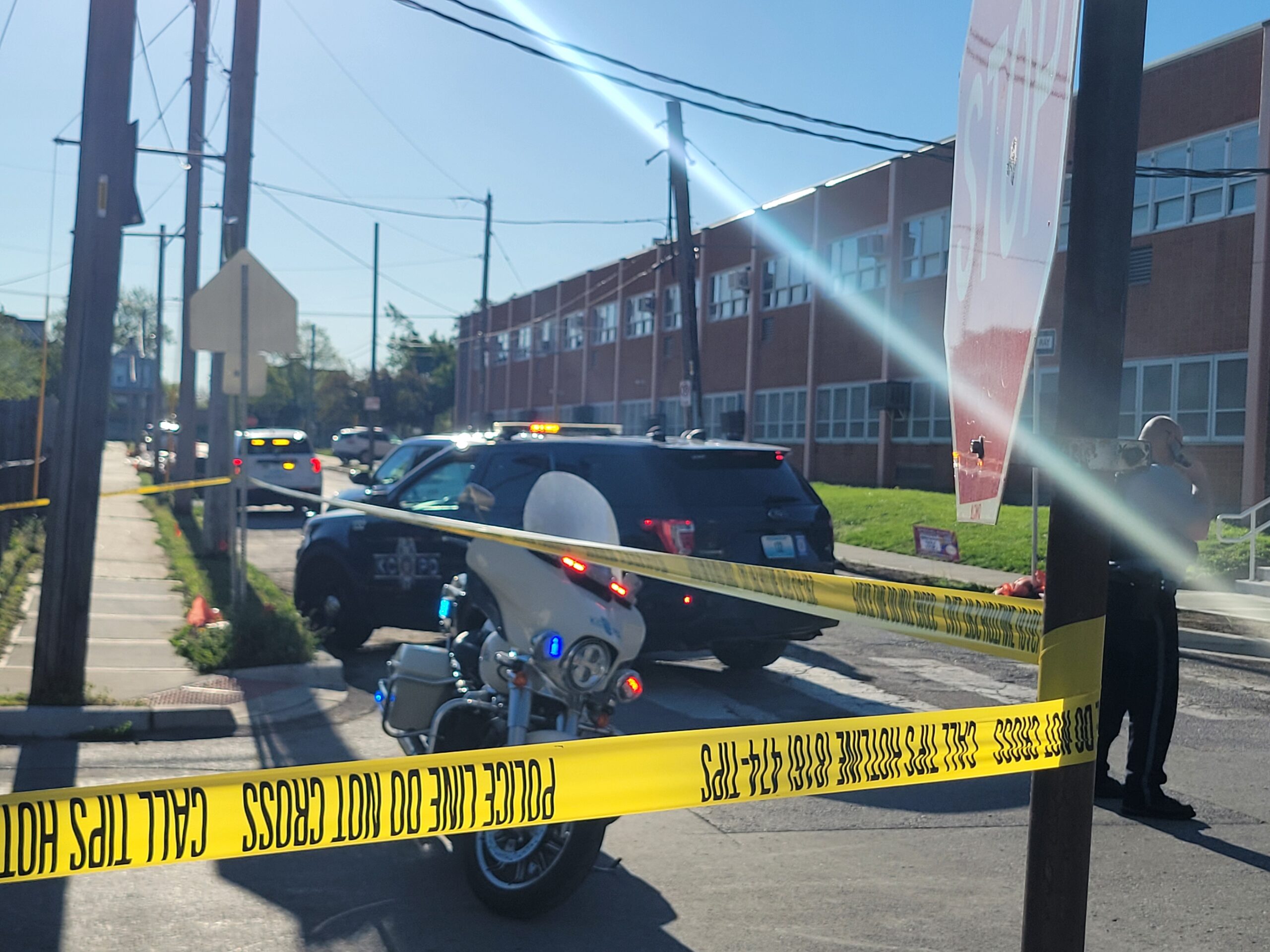By Paul Thompson
Northeast News
July 20, 2016
KANSAS CITY, Missouri – A light rail ordinance passed through the KCMO Finance and Governance committee on the morning of Wednesday, July 20, but that doesn’t mean the measure has many fans at City Hall.
The proposed light rail plan – the result of an initiative petition put forth by long-time transit advocate Clay Chastain – calls for the city to enact three 25-year sales taxes that would combine to total a half-cent. Ordinance No. 160500 calls for the current 3/8-cent KCATA sales tax to be re-purposed in 2024 to cover light rail costs, which would include a fleet of electronic buses to provide transportation to commuter rail stations. Two new 1/8-cent sales taxes would also be enacted beginning in 2017. The light rail system as presented in the ordinance would connect Kansas City International to Cerner’s new South Kansas City campus, while also connecting Union Station to the Truman Sports Complex. The north-south spine of the route would include eight additional stops: at the Twin Creeks neighborhood, Vivion Road, North Kansas City, the Sprint Center, Union Station, the Plaza/UMKC area, Brookside, and the Kansas City Zoo.
Chastain’s initiative petition needed roughly 1,700 signatures to make it onto the November 8, 2016 election ballot. That number is derived from the most recent mayoral election: petition signatures must equal 5% of the previous election’s turnout in order to qualify. City Attorney Bill Geary indicated on July 20 that the light rail petition garnered just over 1,750 signatures.
Geary further noted that after reaching the signature threshold, an initiative petition must only be considered “constitutional on its face” – or constitutional at face value – in order to be placed on the ballot.
“If it’s constitutional on its face, it can be ridiculous or silly, or it can be the best thing since sliced bread,” said Geary. “It doesn’t matter what I think.”
Mayor Pro Tem Scott Wagner, the Chair of the Finance and Governance committee, echoed a similar sentiment ahead of the committee meeting. Although he noted that the ordinance has “little to no” support from the council, he added that they still have a duty to place the measure before voters on November 8.
“As long as its constitutional on its face, then generally speaking, we’re obligated to put it on the ballot,” said Wagner. “So from our perspective, a petition is really more of an administrative function on our part.”
Wagner also discussed a previous light rail plan that was approved by Kansas City voters in 2006. The City Council eventually repealed that legislation after thoroughly analyzing it, finding that the plan could not actually be achieved as presented. He suggested that the same could ultimately be true about the current light rail ordinance.
“This plan – even though it may be constitutional – from the aspect of it being workable or achievable, there are great concerns that it would be,” Wagner said. “I think to achieve what that ballot initiative calls for is going to be very tough to accomplish.”


















